
AeroGenie – Ihr intelligenter Copilot.
Trends
Categories
Nigeria’s Air Peace Expands Fleet to Enhance Domestic and International Travel
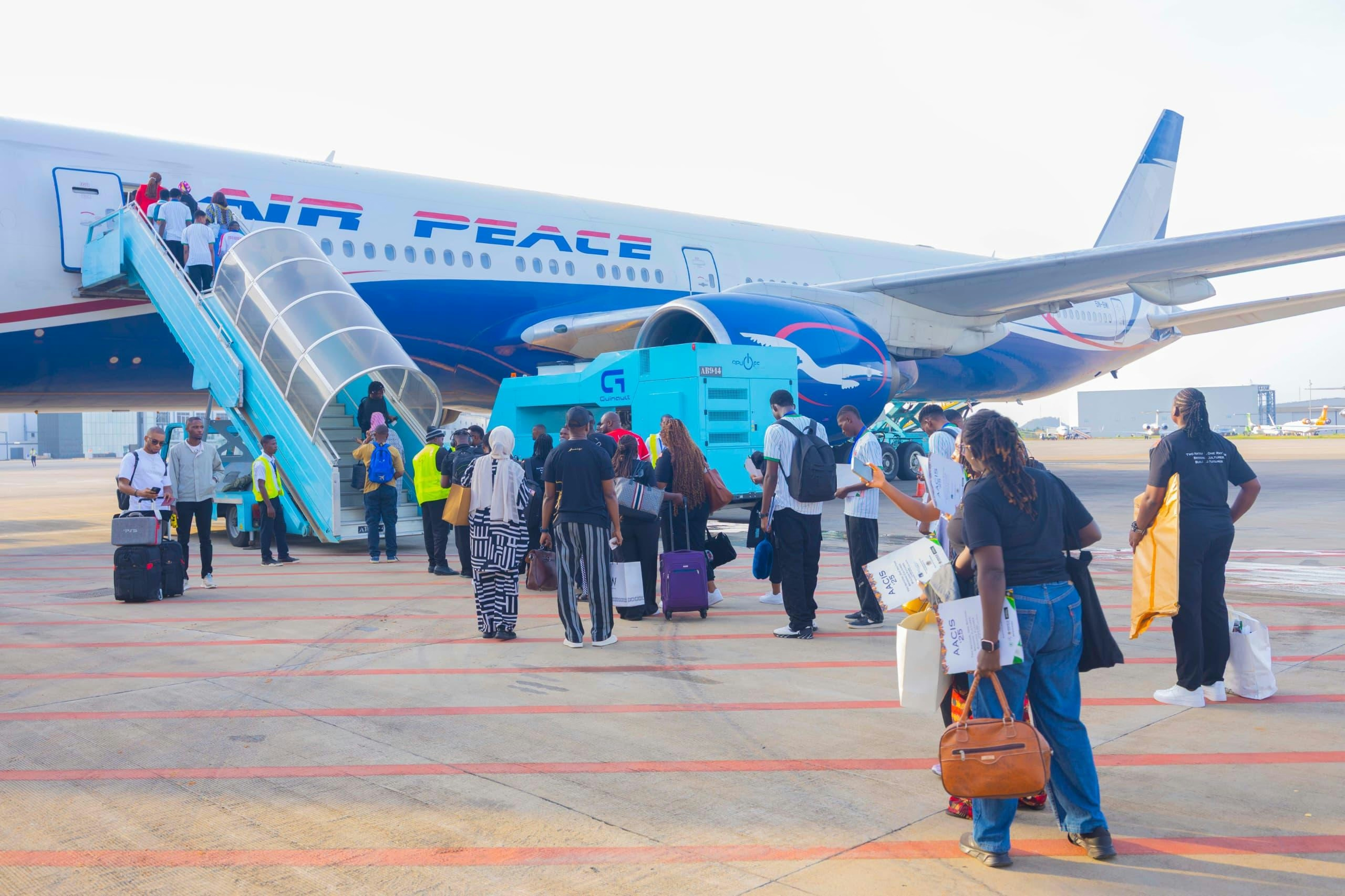
Nigeria’s Air Peace Expands Fleet to Enhance Domestic and International Travel
Nigeria’s largest privately-owned airline, Air Peace, has taken a significant step in its fleet modernization strategy with the addition of a new Airbus A320, leased from SmartLynx Airlines. The aircraft arrived in Lagos on October 14, 2024, marking a notable expansion amid the ongoing recovery of Nigeria’s aviation sector following the pandemic. This development aligns with projections that global passenger traffic will reach 9.8 billion by 2025, with emerging markets such as Africa driving much of this growth.
Strengthening Domestic Connectivity and Tourism
The newly acquired Airbus A320, together with four other recently leased aircraft, is expected to enhance Air Peace’s operational capacity on key domestic routes. By increasing flight frequency and seating availability, the airline aims to better serve high-demand corridors linking major Nigerian cities including Lagos, Abuja, Port Harcourt, and Kano. These urban centers are critical hubs for both tourism and business activities, and improved air connectivity is anticipated to facilitate easier travel for domestic and international passengers alike.
This fleet expansion arrives at a crucial time for Nigeria’s tourism industry, which depends heavily on reliable air transport to connect visitors with the country’s rich cultural, historical, and natural attractions. Enhanced flight options are poised to support the growing tourism sector by making it more convenient for travelers to access Nigeria’s renowned beaches, historical sites, and vibrant urban centers. In Lagos, the nation’s economic capital, increased flight availability is expected to meet rising demand from both business and leisure travelers, further reinforcing Nigeria’s position as a leading travel destination in the region.
Challenges Amid Growth and Strategic Leasing
Despite the positive outlook, Air Peace’s expansion underscores persistent challenges within Nigeria’s aviation infrastructure. Industry analyses, including reports from Aviation Week, highlight deficiencies in airport facilities and maintenance, repair, and overhaul (MRO) capabilities that could impede the growth of airlines expanding their fleets. Moreover, affordability remains a significant obstacle for many Nigerians. A recent Business Insider Africa report revealed that the average Nigerian must work 37 days to afford a single flight ticket, emphasizing the ongoing need to improve accessibility to air travel.
Air Peace’s choice to lease the Airbus A320 rather than purchase it outright reflects a broader trend among African carriers seeking to modernize their fleets while managing financial risks. Leasing offers operational flexibility and enables airlines to respond swiftly to market fluctuations without incurring heavy capital expenditures. Additionally, the Airbus A320 is recognized for its fuel efficiency and reduced environmental impact, aligning with Air Peace’s commitment to sustainability.
As Air Peace consolidates its market position, increased competition is anticipated, with other African airlines also pursuing fleet expansions to capitalize on rising demand. Despite the challenges, Air Peace’s strategic growth positions it to play a pivotal role in enhancing connectivity across Nigeria’s cities, supporting the tourism sector, and contributing to the broader development of Africa’s aviation industry.
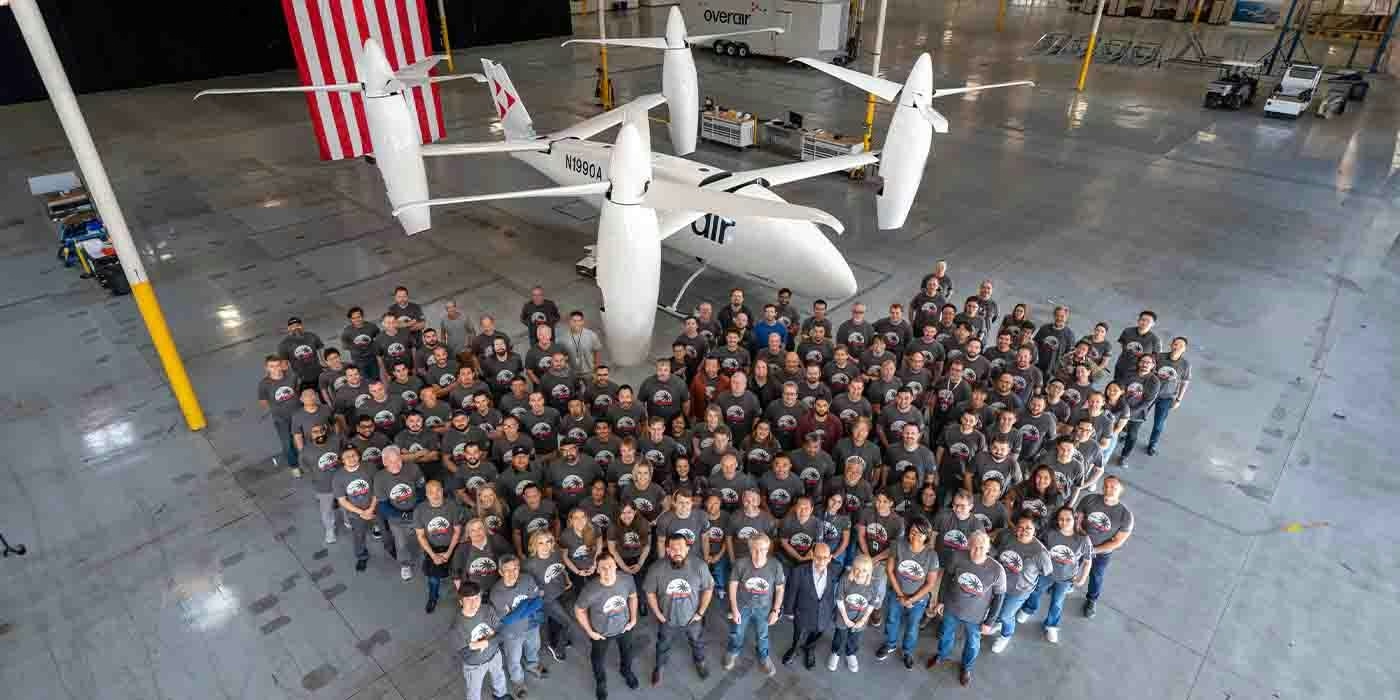
Unique mixed-propulsion eVTOL completes transition flight testing
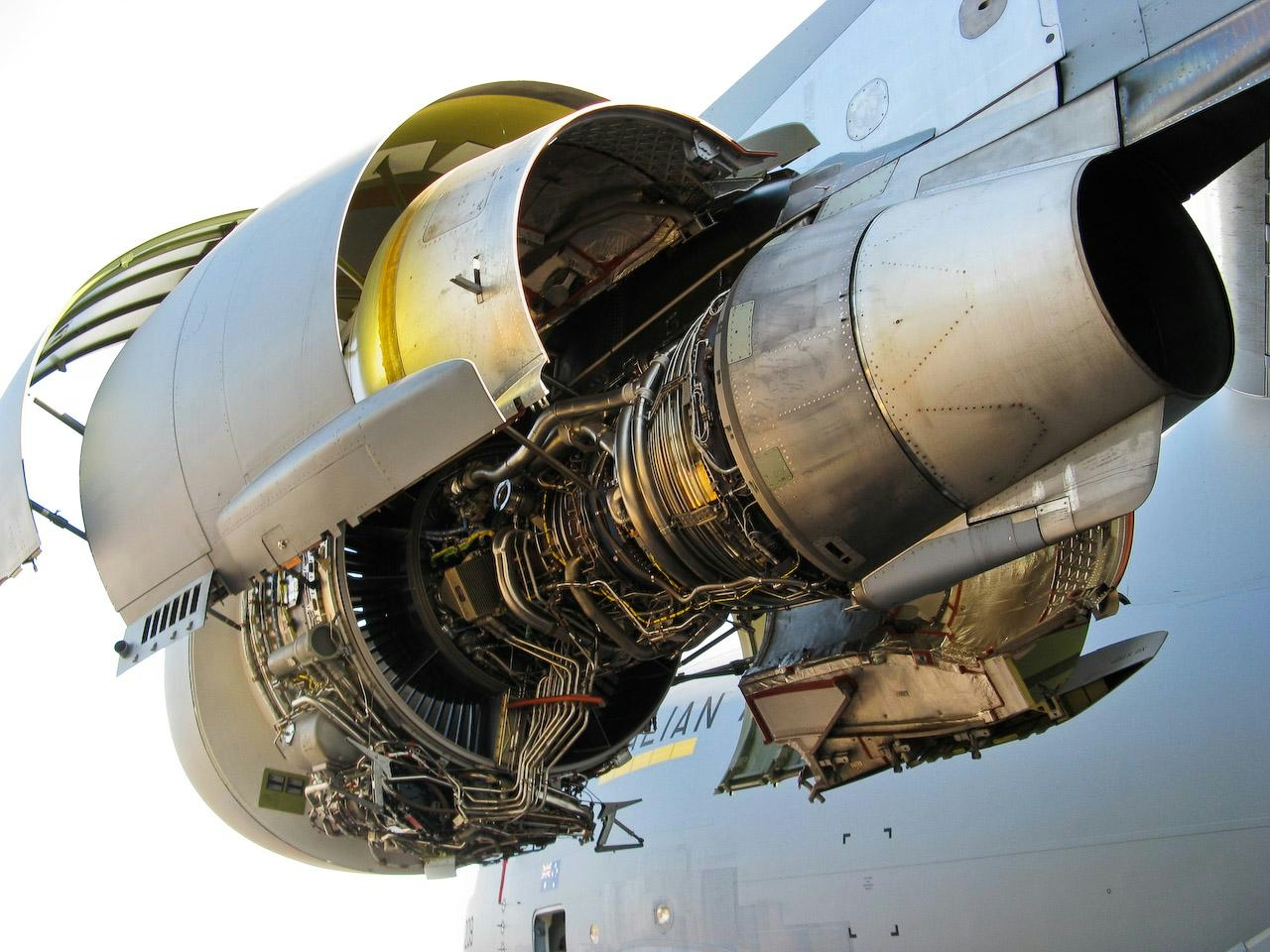
Are C-17 Globemaster Engines Derived from Boeing 757?
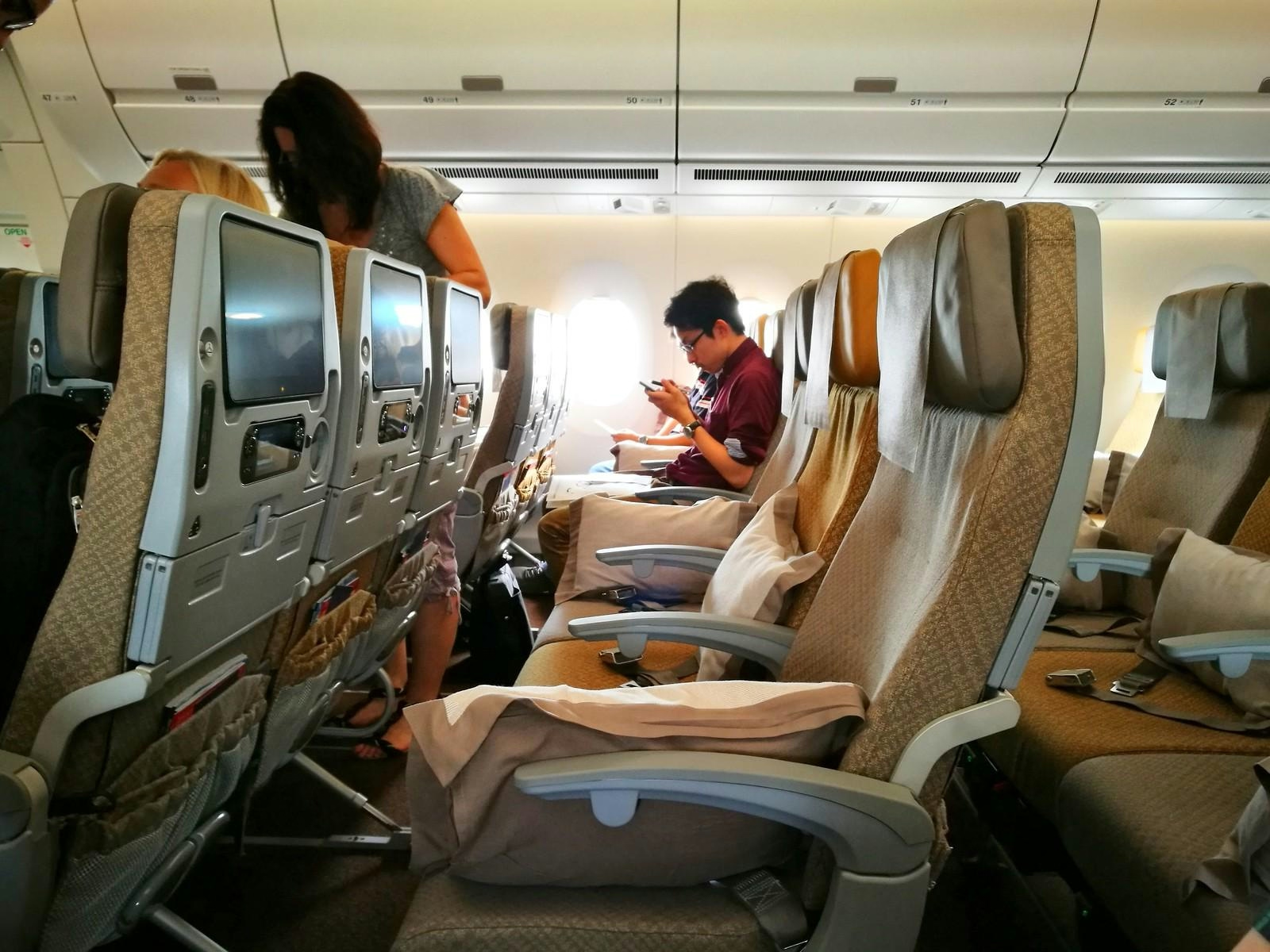
Why the Airbus A350’s Cabin Is Quieter Than Other Aircraft
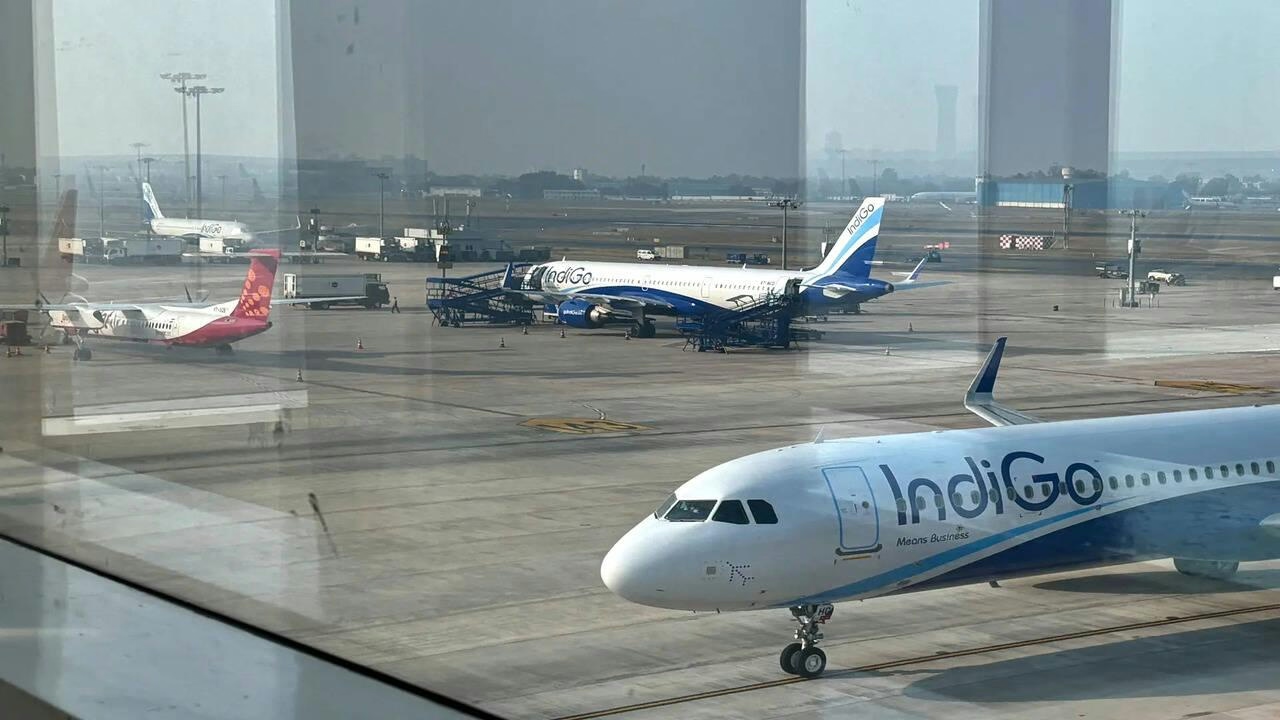
AI and AI Express Plan to Increase Capacity Amid IndiGo Flight Disruptions
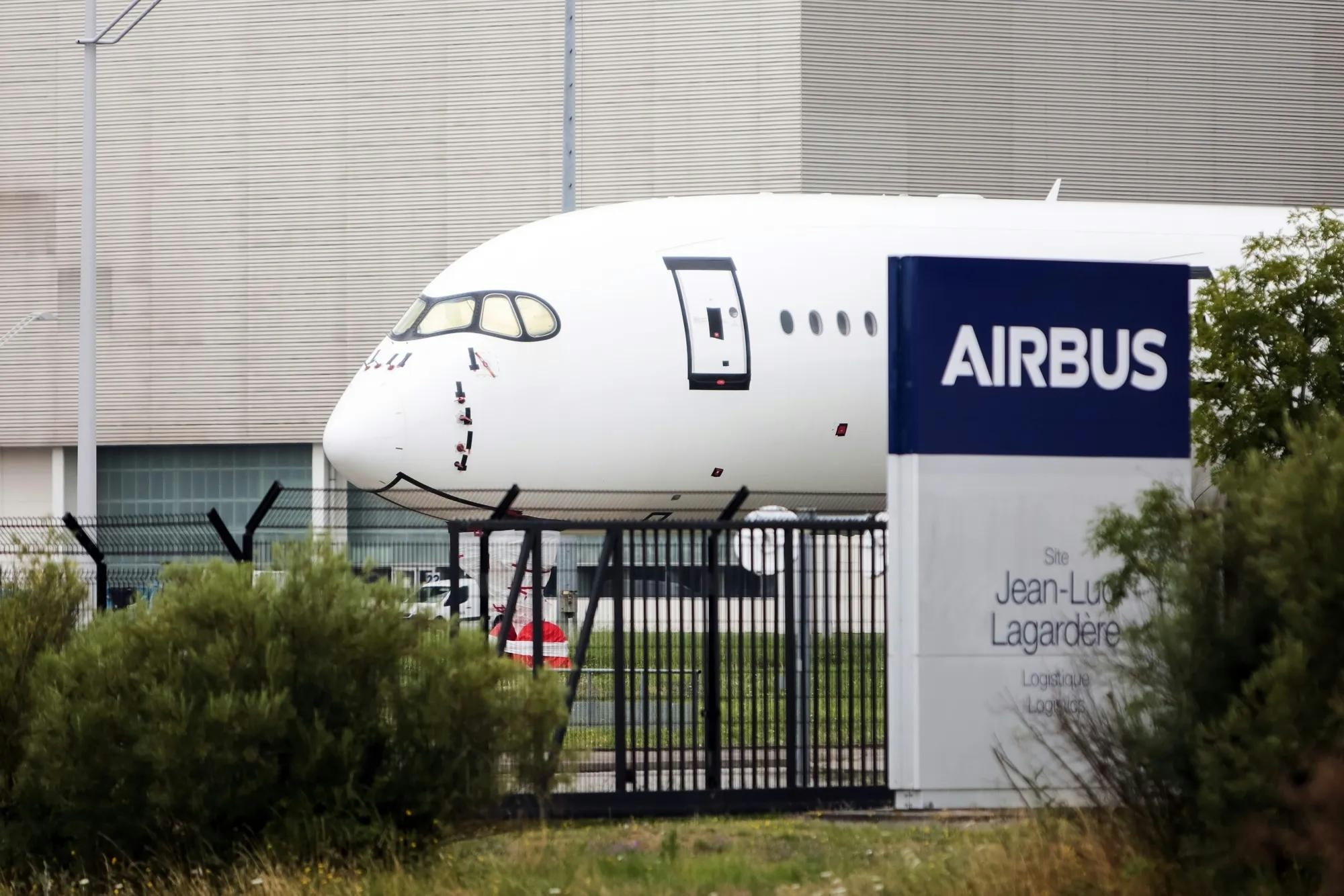
Kazakhstan and France Agree on Airbus Aircraft Deliveries
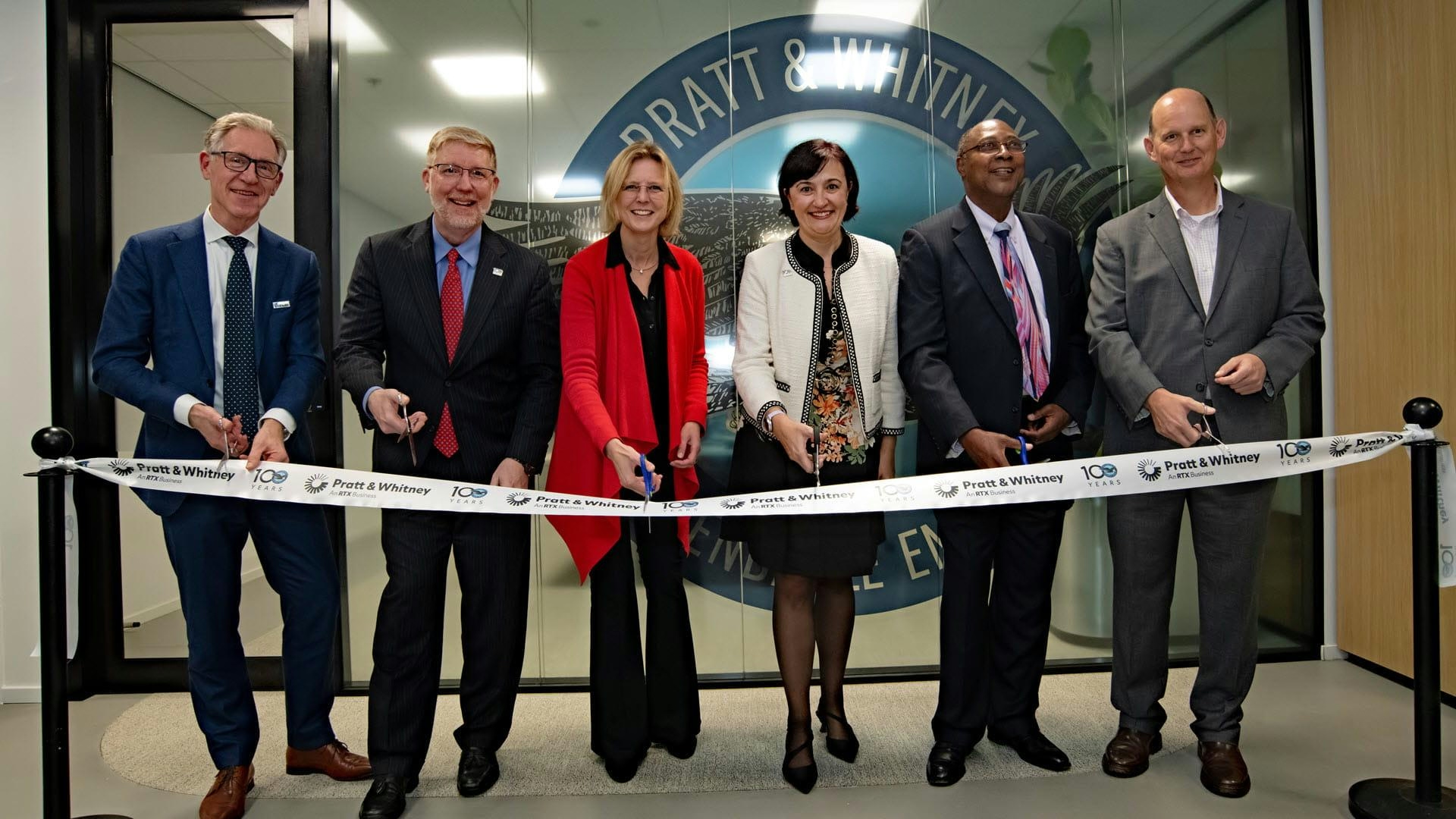
Europe’s Emerging Talent Drives Aviation Innovation
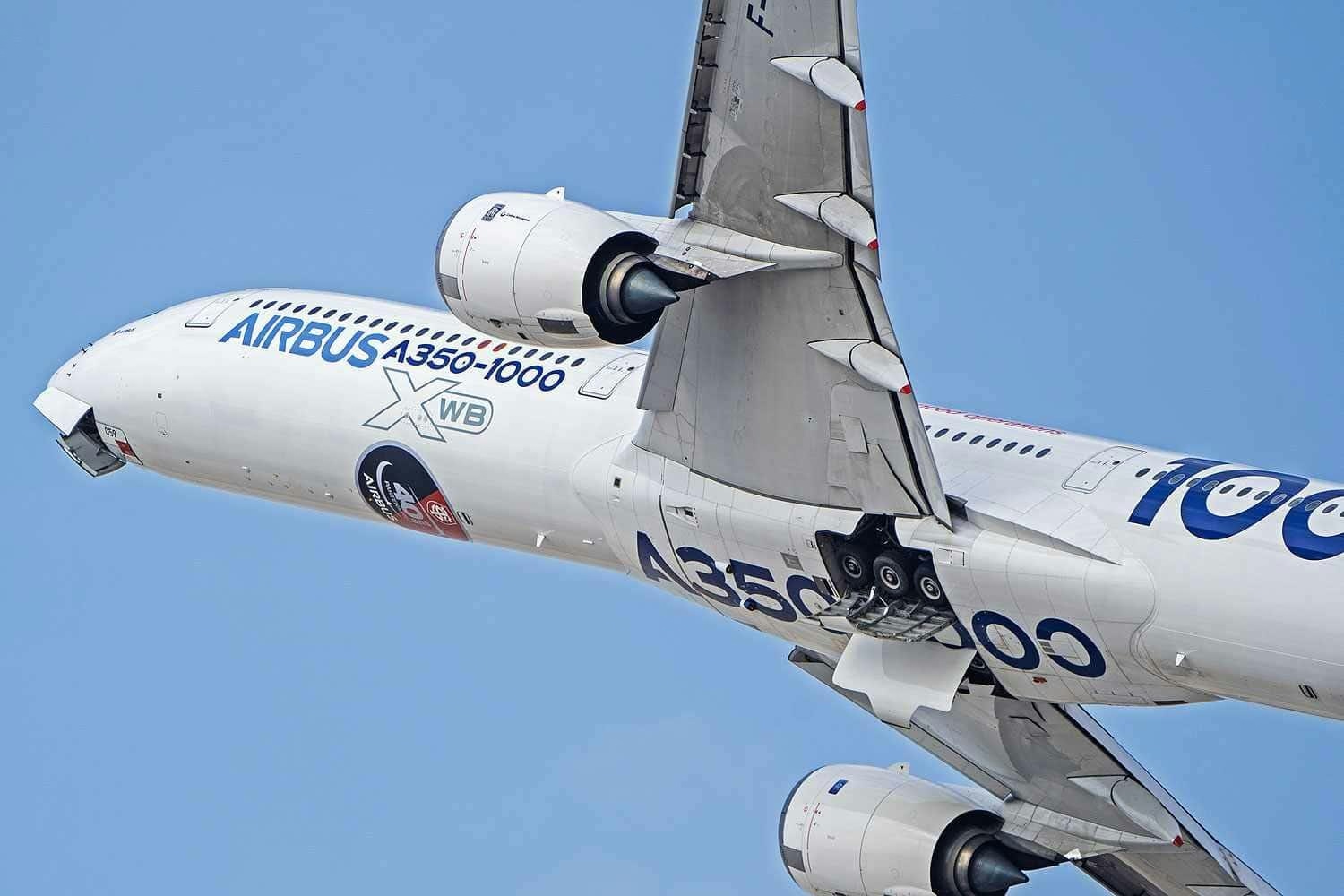
Airbus Receives New Order for A350-1000
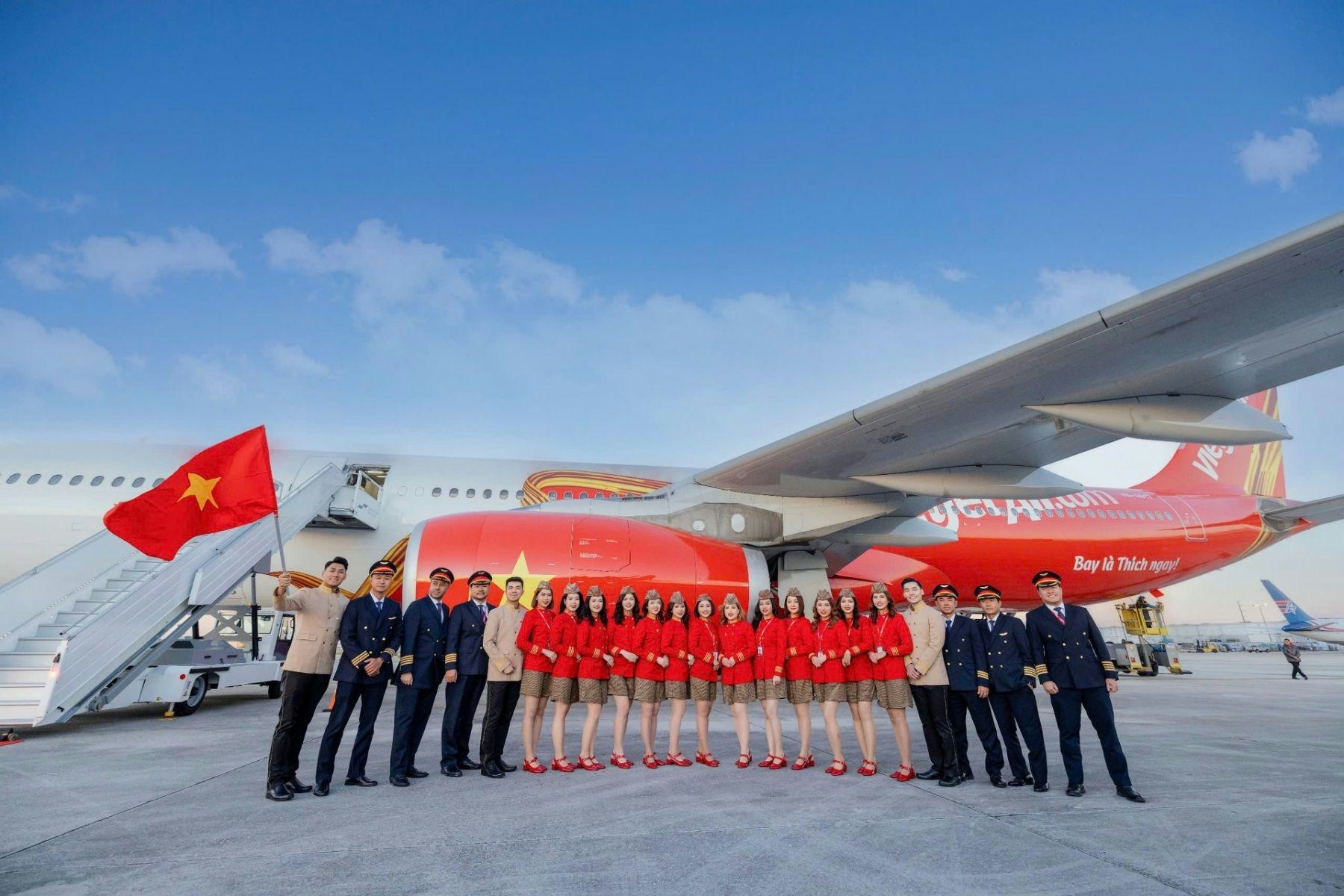
The Leading Widebody Aircraft in Service Today
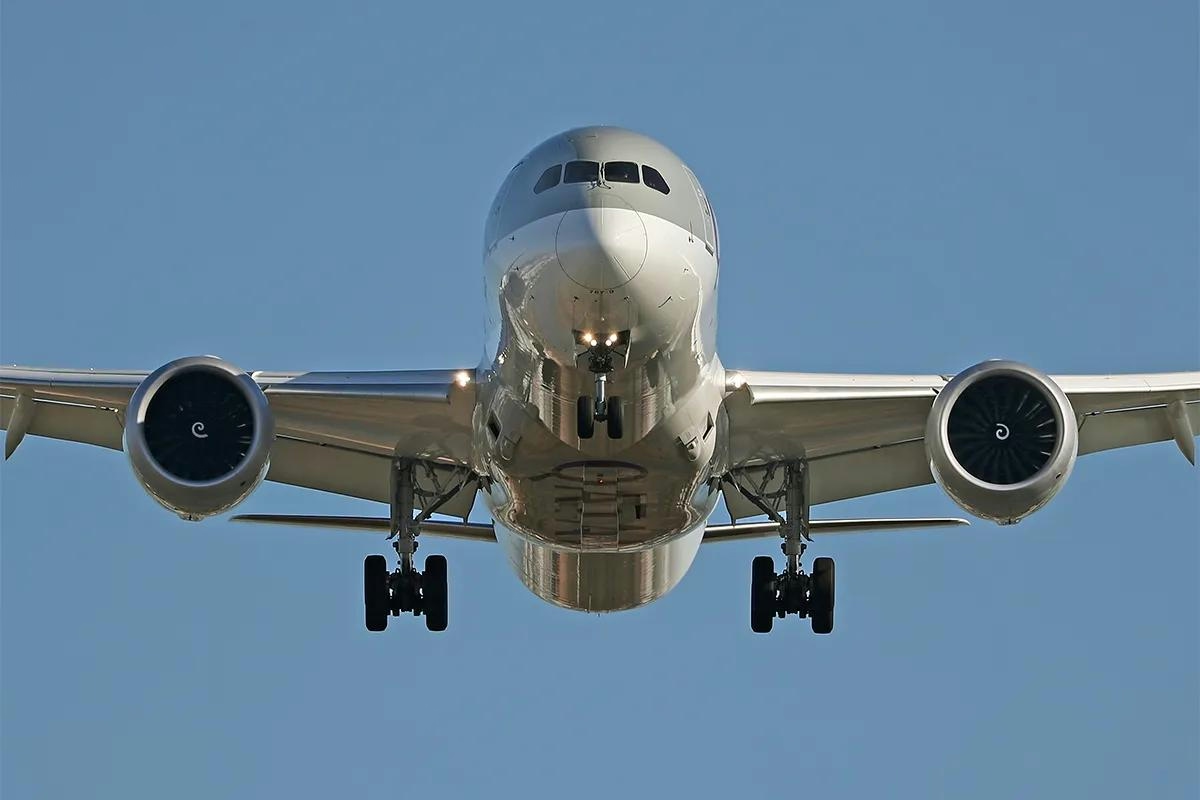
The Fastest Boeing Jet Currently in Service
